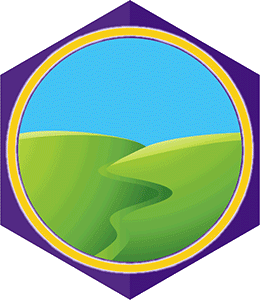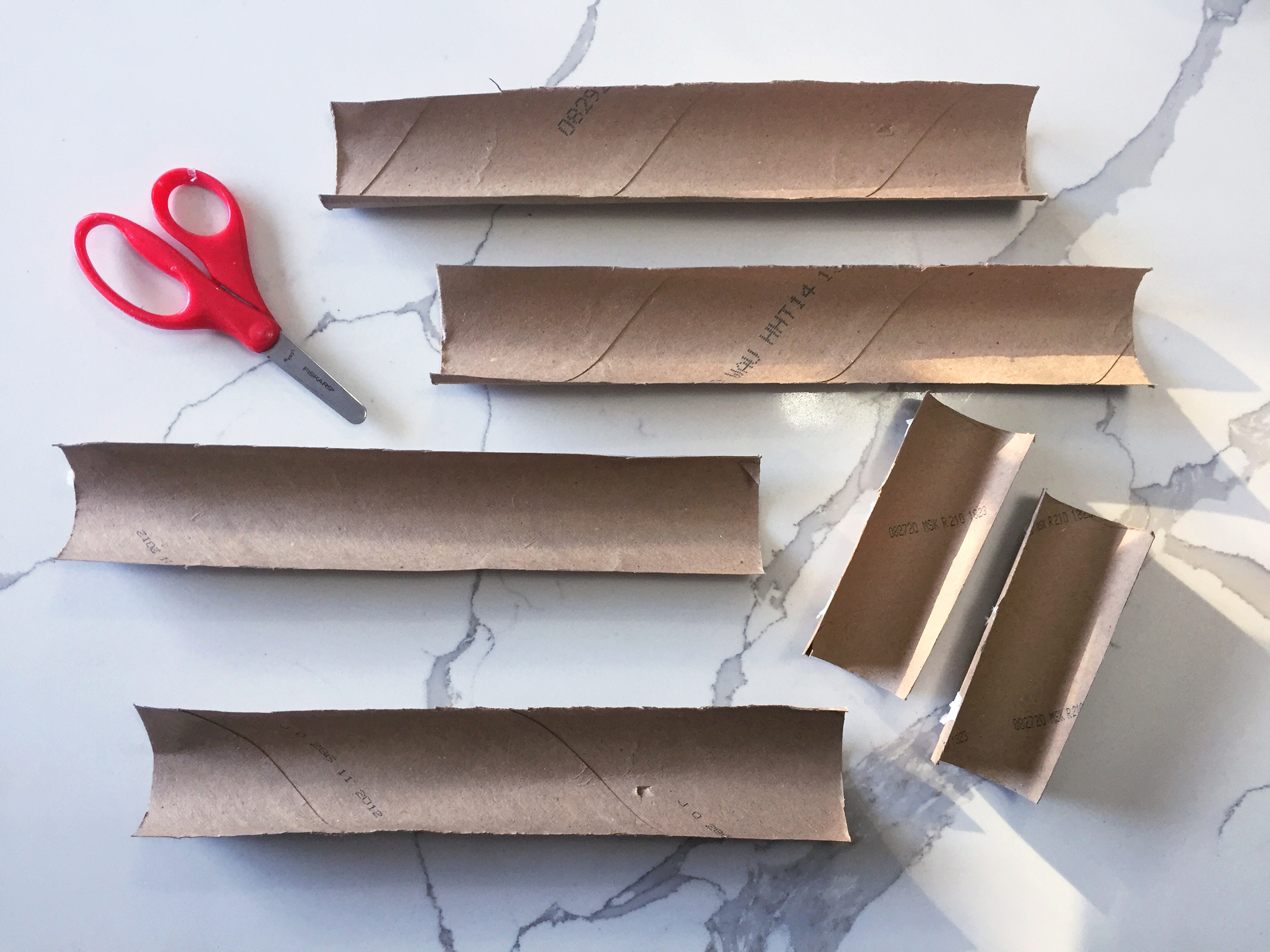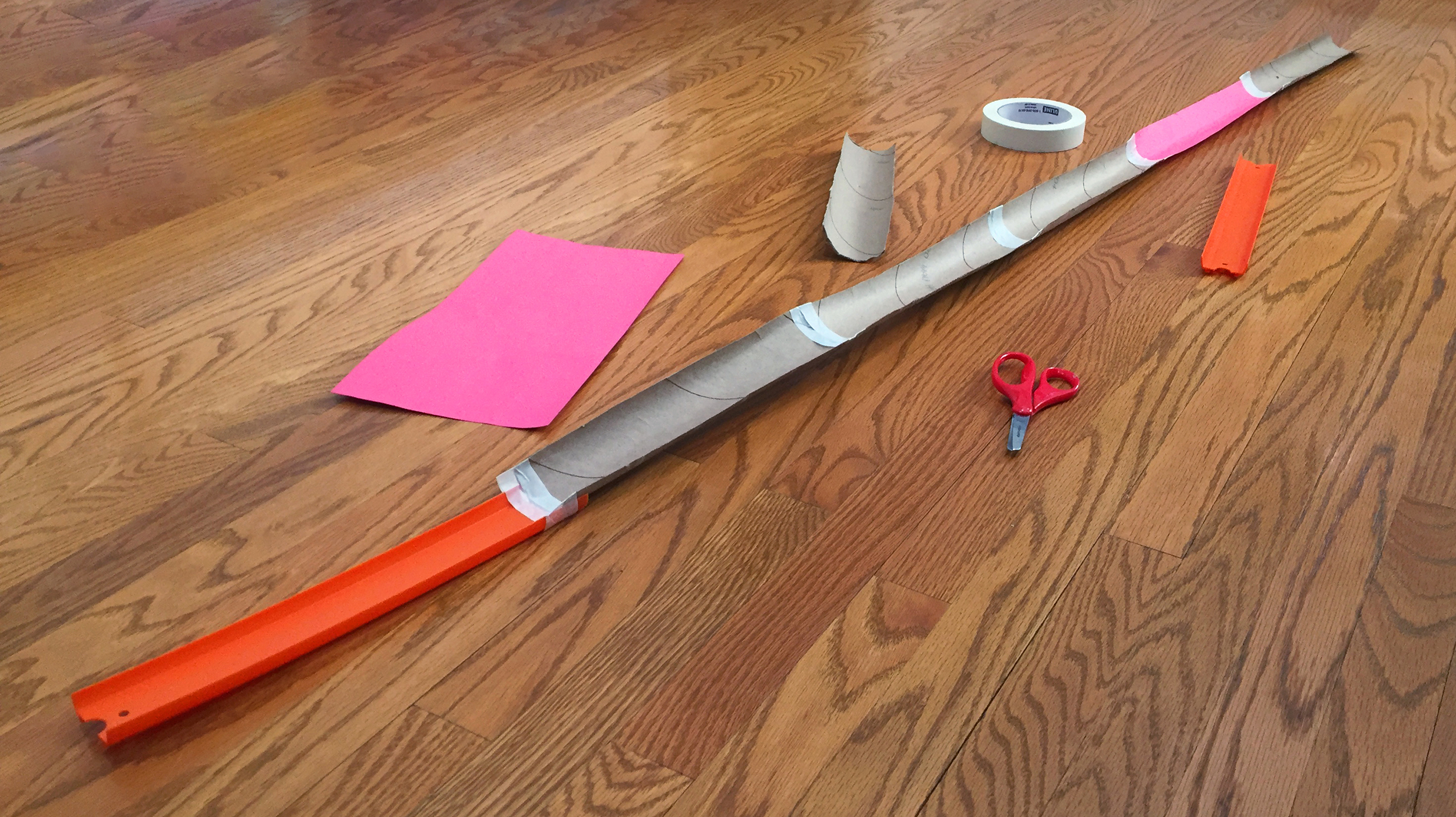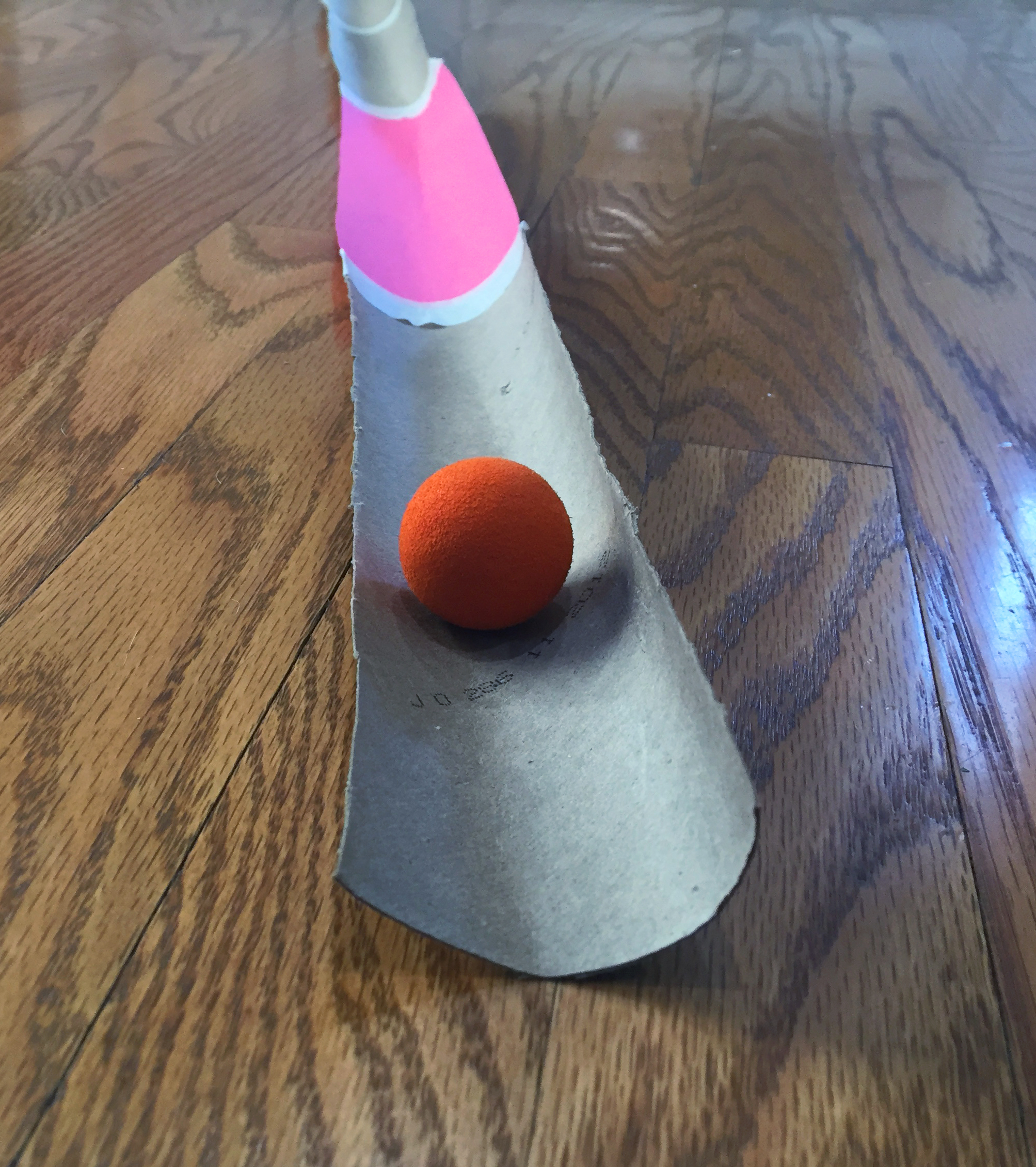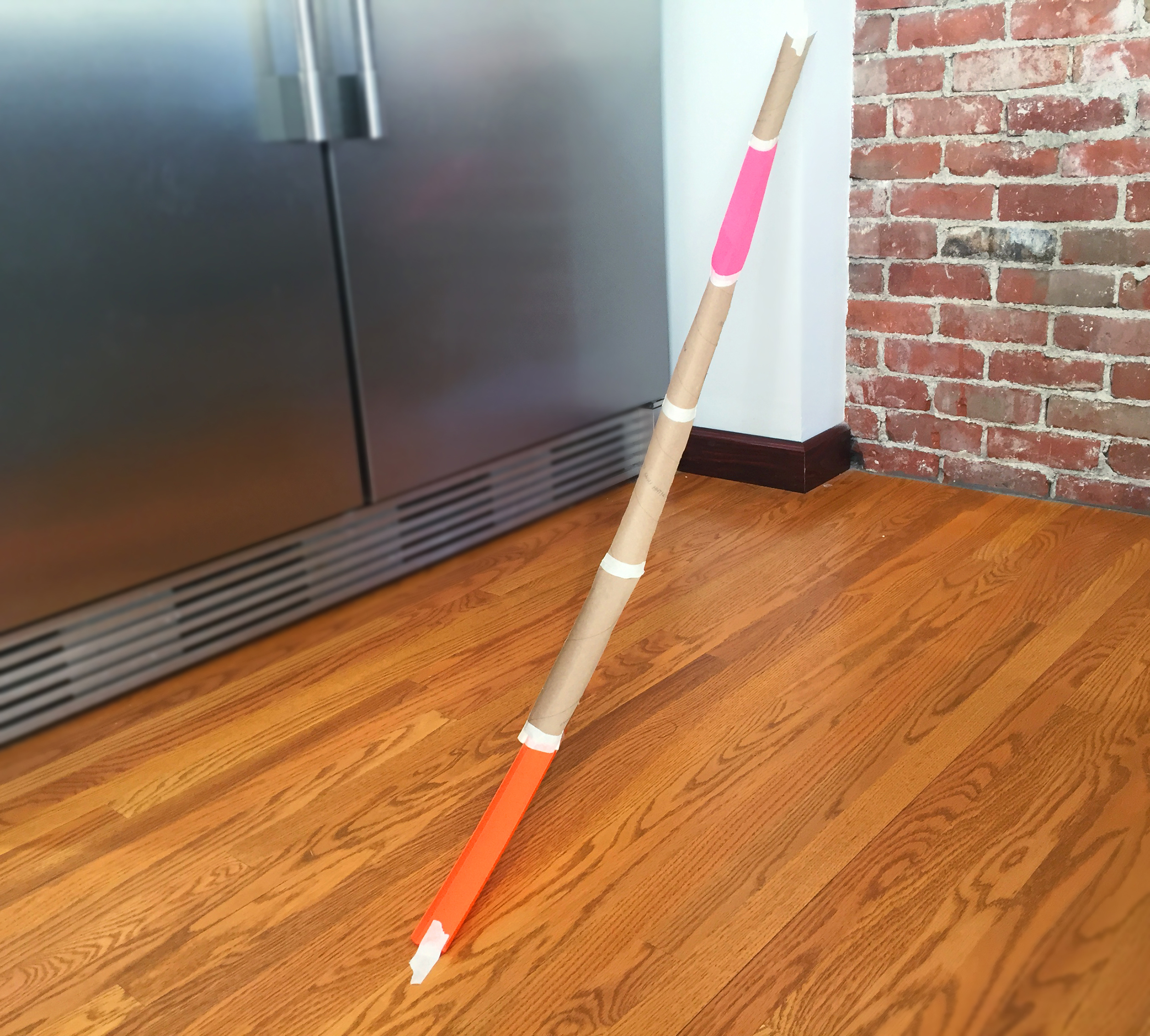Gather your supplies. You will be creating a ramp, so think creatively about what materials you already have that you can use. Just make sure you have a small, spherical object, such as a marble, so you can test your ramp.
Engineer an Aqueduct
Put your engineer cap on as you design, build, and test your own aqueduct maze to learn how we transport water.


